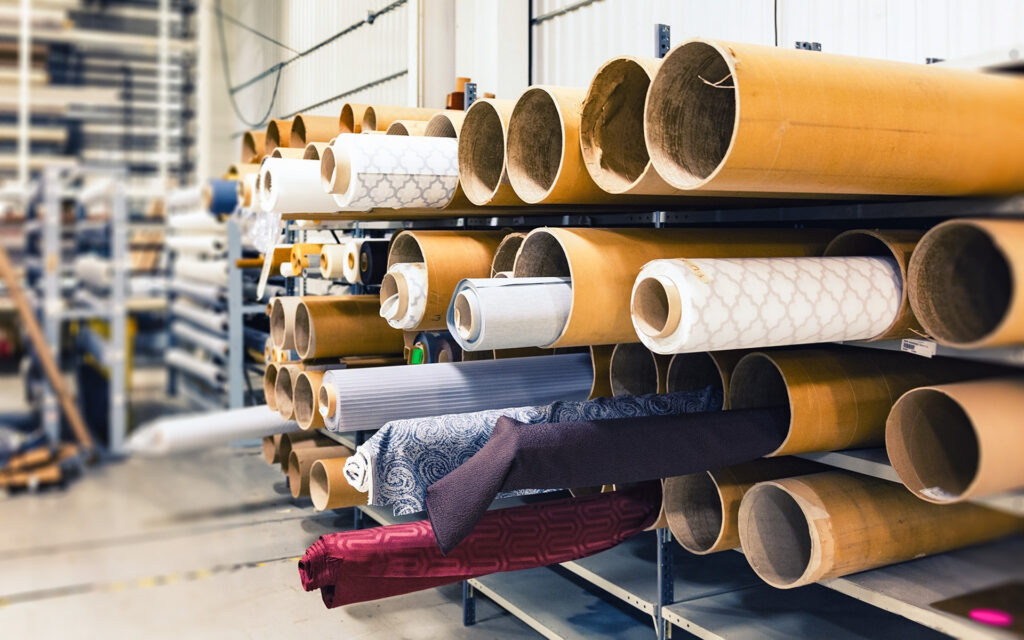By-products are often overlooked but are found to be extremely important for the ecosystem. Innovative use of by-products can address and solve disposal and recycling problems very effectively. Byproducts are secondary products or incidental products that are obtained as a result of a main production process. These materials are not the main focus of the production process, but are generated as a collateral or accessory result. Byproducts can be either solid materials or liquid or gaseous chemicals.
Here are some key features of byproducts:
- They are generated accidentally: Byproducts are not the intentional result of the production process, but they emerge as a natural consequence.
- They vary across sectors: The nature of byproducts depends on the industry or on the specific process. For example, in the food industry, byproducts may include waste or unused parts of food, while in the chemical industry, secondary chemicals may be produced.
- They can be used or deleted: Depending on their nature and opportunities, byproducts can be used in other industrial processes, recycled or disposed of appropriately.
- Sustainability: The management of byproducts has become an important topic in corporate sustainability. Many companies seek ways to reduce byproducts or to use them in another way, thus helping to reduce waste and environmental impact.
In many industries, the responsible management of byproducts has become an important goal to reduce overall environmental impact and to support more sustainable industry practices. This can involve recycling byproducts, turning them into new products or even selling these materials to third parties who can exploit them in a useful way.

By-products and their environmental impact
In the field of fashion these materials range from unused fabrics and production scraps to toxic chemicals and contaminated water. The fashion industry is known for generating huge amounts of by-products, which makes it one of the most polluting industries in the world.
One of the most well-known by-products of the textile industry is unused fabric. Thousands of meters of high-quality fabrics end up in landfills every year due to production errors or changes in fashion trends. This waste represents a huge loss of resources and energy used in production.

Giving a second life to by-products: Innovative solutions
The good news is that innovative solutions exist to transform by-products into valuable resources for more sustainable production. Here are some examples of how this can be done:
- Pulverised fuel ash into concrete: Fuel ash is a by-product of the energy industry. Recently, it has been successfully used as a component in concrete, making it stronger and reducing the use of traditional raw materials. This practice reduces the consumption of natural resources and the CO2 emissions associated with cement production.
- By-products of the paper industry into batteries: Cellulose fibers from the paper industry can be used to improve batteries performance. This not only helps reduce paper waste, but also contributes to the development of more efficient batteries for renewable energy and electronics.
- Recycled textile waste in new clothing: Sustainable fashion companies are increasingly using recycled fabrics from textile scraps or used clothes to create new collections. This reduces pressure on new fabric production and promotes recycling in industry.
- Manure in agricultural industry: Farmers selling milk and meat from cow farms find themselves managing manure as a by-product. Generally, they sell it to companies that create fertilizers, landscapers.
- Fruit pulp, seeds and skins: These residues are the result of the processes for creating fruit juices. These are by-products often used in the cosmetics industry for their medicinal properties.
In an increasingly environmentally sensitive world, the reuse of by-products becomes not only a way to create more sustainable processes but a great resource. The use of by-products has allowed the emergence of new opportunities and of industries that did not exist before. The focus on a circular economy that reuses a raw material in all its forms and then starts the process again, is offering an effective way of supporting far-reaching changes that fortunately become increasingly integral to our daily lives.






